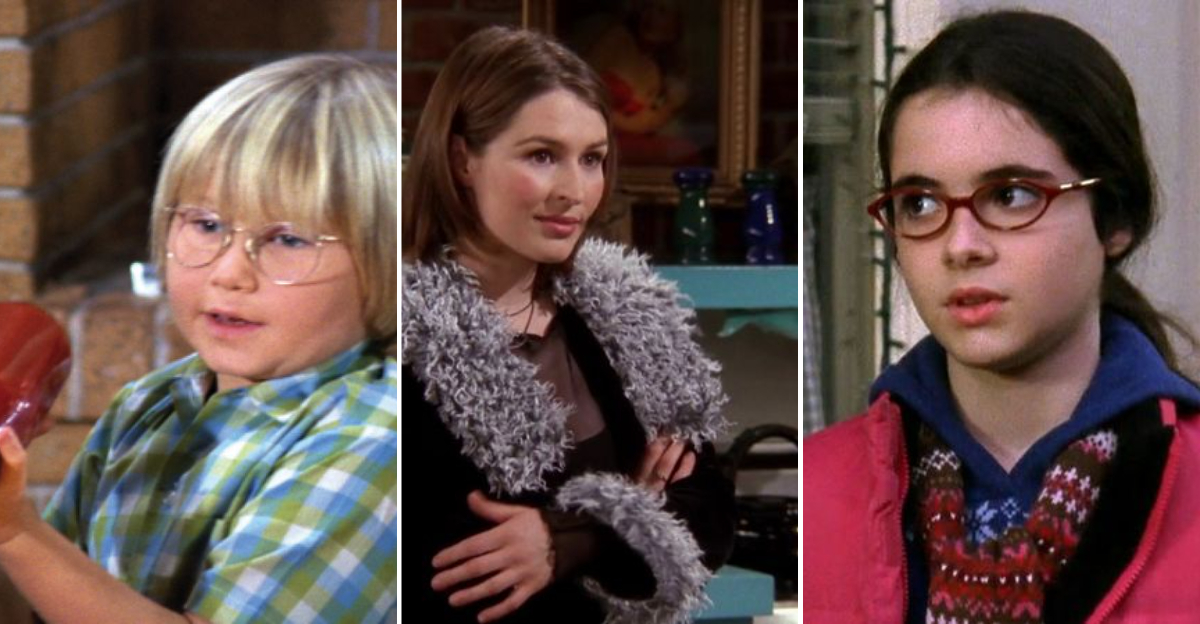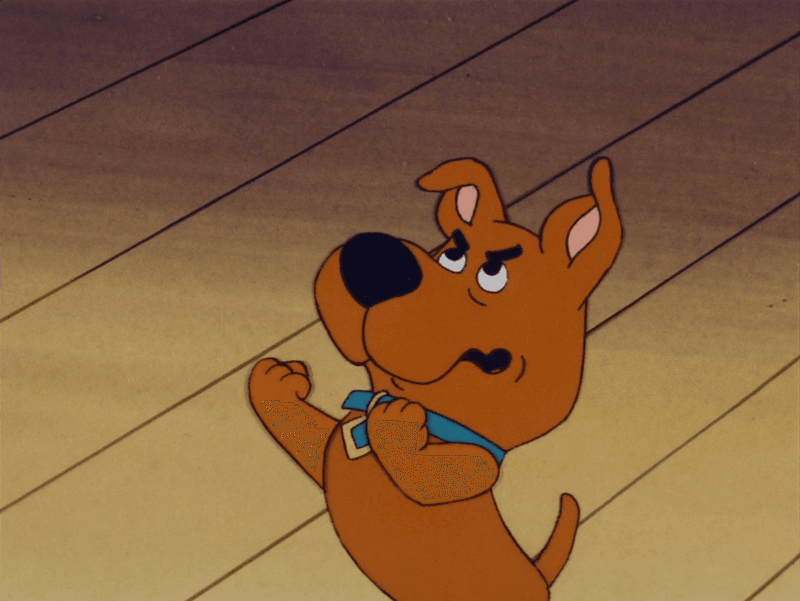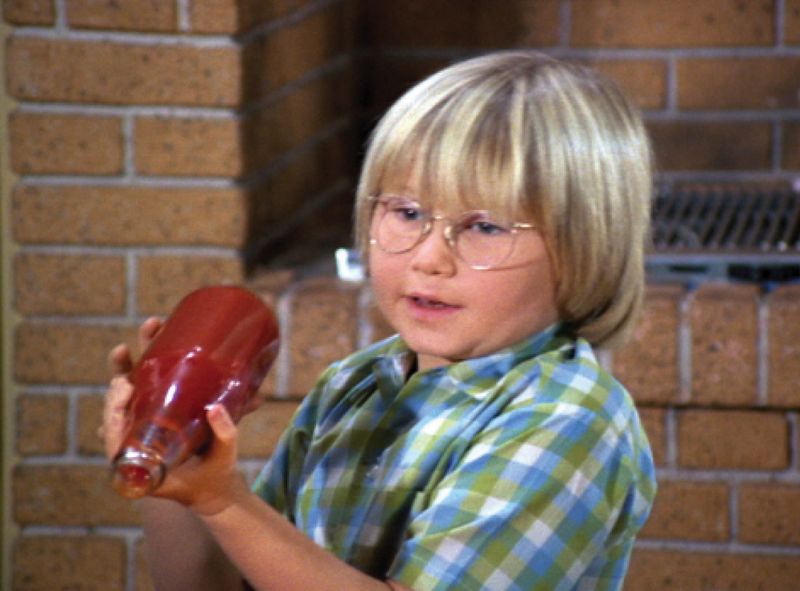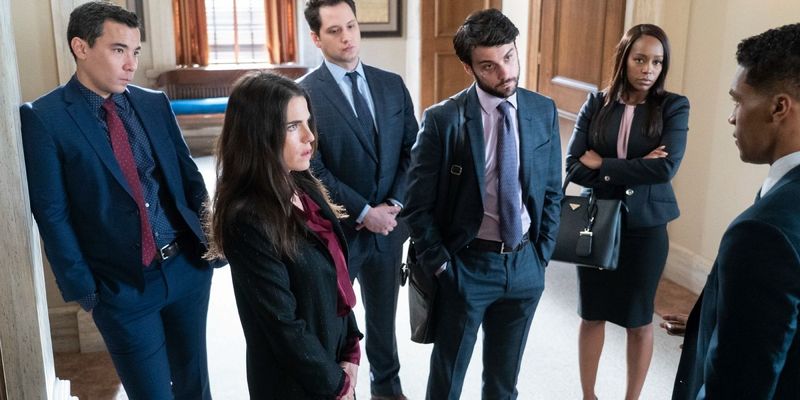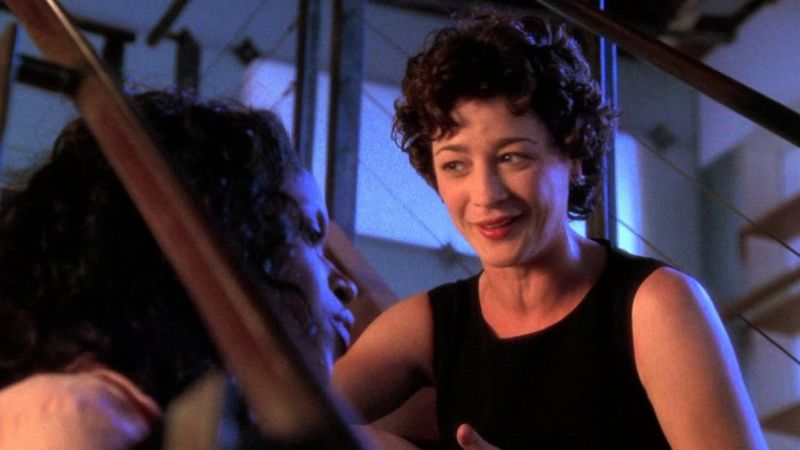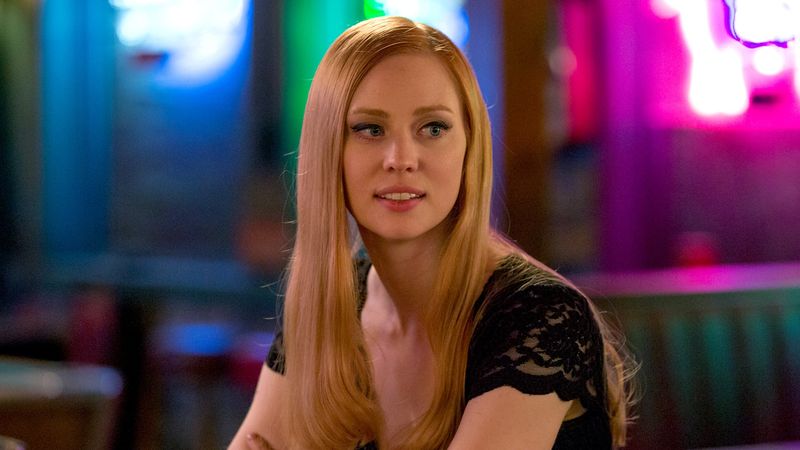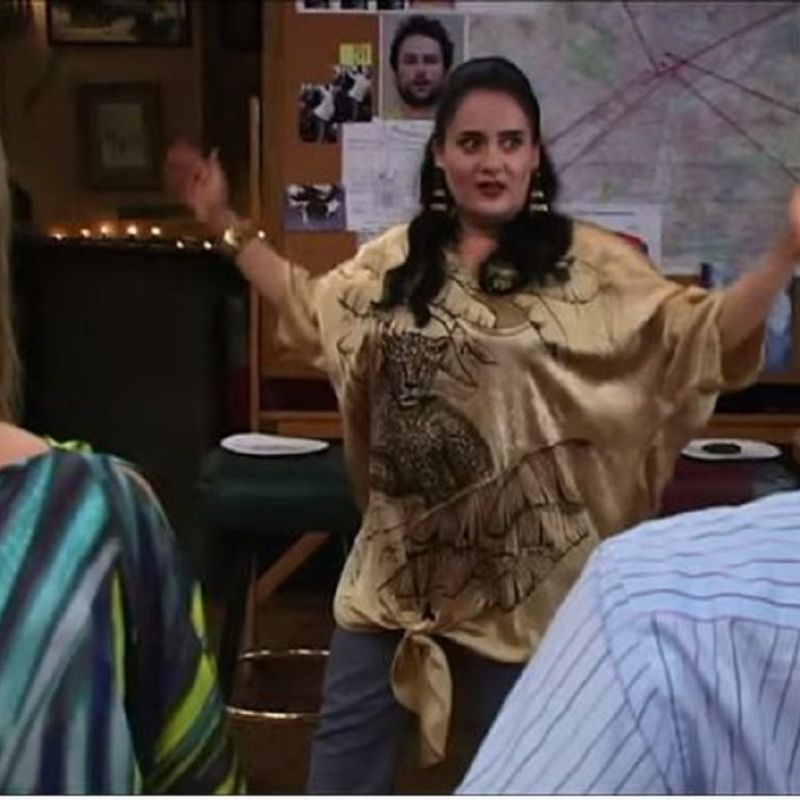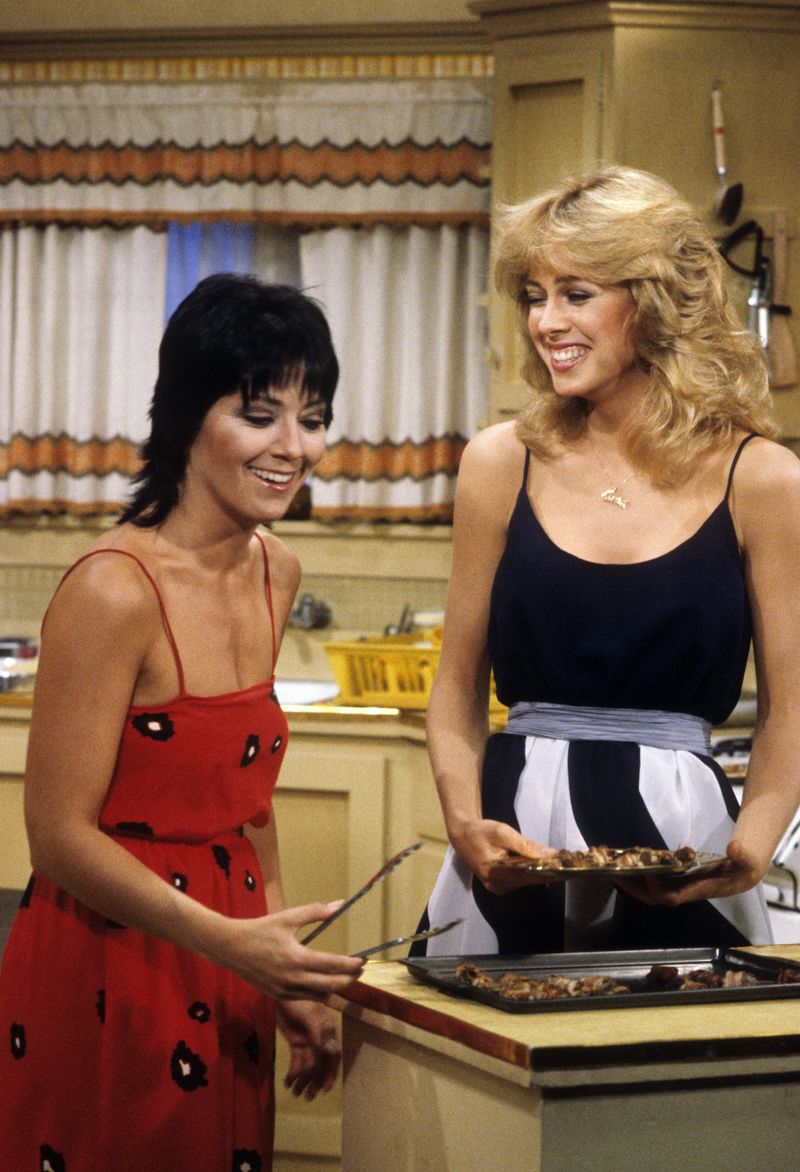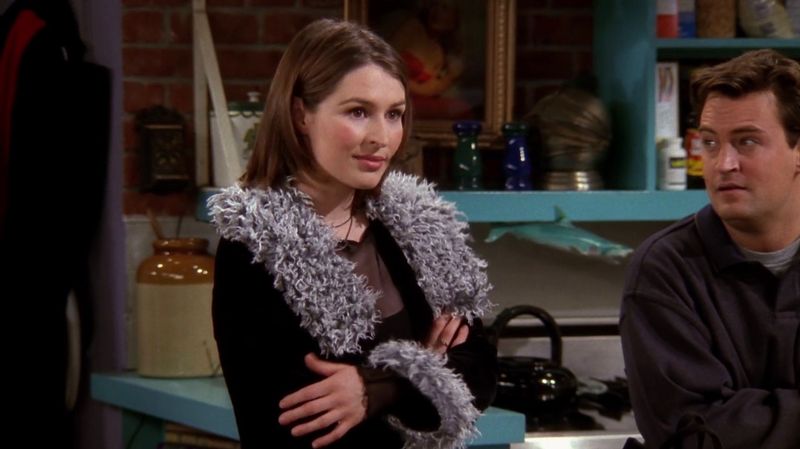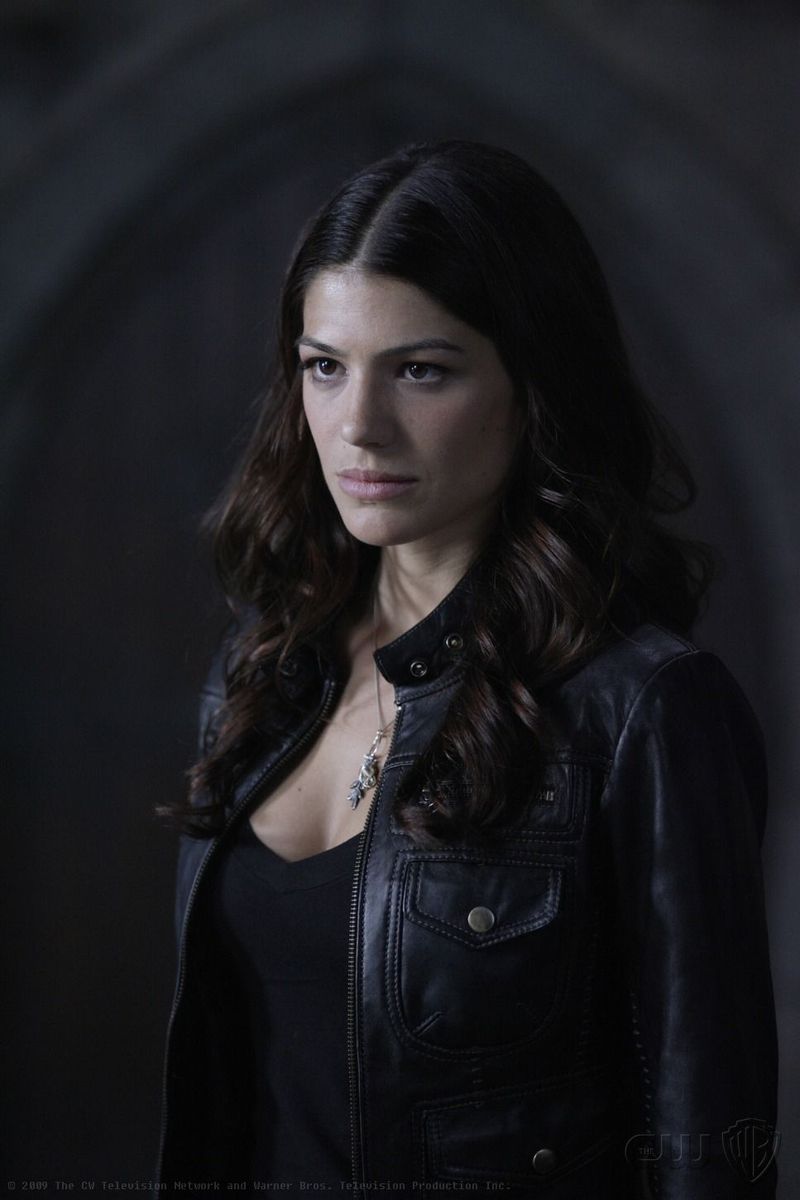Even the best shows can veer off course—and sometimes, it’s not the plotlines, but the characters themselves who steer them into disaster. Whether they were shoehorned in, overstayed their welcome, or just didn’t fit the tone, these characters left fans frustrated and shows floundering.
1. Nikki and Paulo – Lost
Introduced in Season 3 of ‘Lost,’ Nikki and Paulo were met with immediate disdain from fans. Lacking buildup, their sudden appearance felt jarring amidst the show’s complex narrative. Their characters, seemingly shoehorned into the story, failed to add intrigue or depth. Instead, they became symbols of distraction in an otherwise gripping series. Their infamous storyline culminated in being buried alive—a creative decision reflecting audience sentiment. This clunky detour remains a cautionary tale about the risks of introducing new characters without thoughtful integration.
2. Scrappy-Doo – Scooby-Doo
Scrappy-Doo was meant to inject new life into ‘Scooby-Doo,’ but instead became the embodiment of all things annoying. His brash attitude and overused catchphrases turned off longtime fans. Initially introduced to bring youthful appeal, his character quickly overshadowed the beloved dynamic of the original Mystery Inc. team. As episodes progressed, his presence felt more like an intrusion than an enhancement. The attempts to modernize the series with Scrappy often clashed with the show’s classic charm, making his character a symbol of misjudged reinvention in television history.
3. Cousin Oliver – The Brady Bunch
Cousin Oliver’s arrival on ‘The Brady Bunch’ signaled the show’s creative decline. Nothing says “we’ve run out of ideas” like introducing a random precocious child. His character, filled with forced charm and manufactured cuteness, failed to resonate with audiences. Fans saw his presence as a desperate attempt to rejuvenate the series. Despite his youthful energy, his addition disrupted the established family dynamic, making viewers yearn for the show’s earlier simplicity. Known for being the quintessential ‘jump the shark’ moment, Cousin Oliver remains a notorious example of how not to introduce new characters.
4. April Nardini – Gilmore Girls
April Nardini’s entrance into ‘Gilmore Girls’ marked a turning point for fans. As Luke’s unexpected daughter, she disrupted the cherished chemistry between Lorelai and Luke. Her character, though intellectually curious and sweet, was seen as a wedge in one of TV’s best slow-burn romances. Her storyline shifted focus from the series’ central relationships, leading to mixed reactions. While aimed to add complexity, her presence unintentionally slowed the narrative momentum, leaving viewers yearning for the original dynamic. April’s introduction remains a topic of debate among dedicated fans.
5. Randy Pearson – That ’70s Show
After Topher Grace and Ashton Kutcher left ‘That ’70s Show,’ Randy Pearson was introduced as a new addition to the gang. Despite the creators’ intentions, Randy’s lack of charisma and chemistry with the remaining cast left audiences unimpressed. His character, portrayed as the amiable nice guy, paled in comparison to the original ensemble’s dynamic energy. Fans found it difficult to connect with Randy, yearning for the show’s earlier heyday. His inclusion served as a reminder of the challenges in maintaining a show’s essence amidst cast changes.
6. Annalise Keating’s Students – How to Get Away with Murder
In ‘How to Get Away with Murder,’ Annalise Keating’s students started as a compelling element in the high-stakes legal thriller. However, their increasingly erratic arcs soon overshadowed the narrative. What began as a showcase of Annalise’s brilliance devolved into melodrama and convoluted storylines. The students’ misadventures, filled with betrayal and unrealistic twists, diluted the show’s core intrigue. While initially intended to add depth, their presence eventually muddled the focus, leaving viewers longing for the series’ initial sharpness. The shift remains a contentious point among fans.
7. Jenny Humphrey – Gossip Girl
Jenny Humphrey started as a relatable, ambitious character but later evolved into a polarizing figure. Her transformation from innocent schoolgirl to a rebellious troublemaker was jarring for fans.
Her numerous schemes and betrayals created friction not just within the story but also with viewers who found her arc inconsistent. The drastic changes in her personality and motivations often felt forced, as if she was shoehorned into the role of an antagonist.
In a series known for its complex characters, Jenny’s erratic journey was a misstep that disrupted the show’s balance.
8. Dawn Summers – Buffy the Vampire Slayer
Suddenly introducing Buffy with a magical sister, Dawn Summers, threw fans for a loop. Her presence clashed with the established tone of ‘Buffy the Vampire Slayer.’ With a penchant for whining and frequent distress, Dawn struggled to win over the audience. Her abrupt arrival, lacking historical context, felt like a discordant note amidst the series’ established lore. Despite attempts to integrate her into the narrative, her character often felt more burdensome than beneficial. Dawn’s introduction remains a debated choice, emblematic of risky narrative shifts.
9. Mandy – The West Wing
In Season 1 of ‘The West Wing,’ Mandy entered as a key player, yet her character never gelled with the ensemble. Overly combative and underdeveloped, Mandy’s presence felt like a misstep. Her abrupt disappearance after the first season left many questions unanswered. Fans found her interactions out of tune with the series’ nuanced political discourse. Despite brief moments of intrigue, her character struggled to find a consistent place within the narrative. Mandy’s role remains a reminder of the importance of character cohesion in ensemble casts.
10. Roy – The Office (U.K.)
While not a massive derailment, Roy’s prolonged presence in ‘The Office (U.K.)’ dragged down the pace and tension. His relationship with Dawn lacked spark, often feeling more like a narrative obstacle than a genuine connection. His continued appearances distracted from the compelling dynamic between Tim and Dawn. Despite the intention of creating workplace tension, Roy’s character often felt stagnant, contributing little to the series’ comedic depth. His role serves as a quiet example of how character pacing can impact a series’ overall rhythm.
11. Jessica – True Blood
In a show renowned for its excess, Jessica’s addition marked a tipping point for ‘True Blood.’ While initially intriguing, her storyline soon veered into melodrama. The series, once celebrated for blending horror and allure, began embracing soap opera tropes. Jessica’s character, caught in love triangles and personal turmoil, often overshadowed the supernatural intrigue. Despite moments of emotional depth, her presence signaled a shift from the series’ original bite. Fans remain divided over her impact, reflecting broader debates about character balance in ensemble dramas.
12. Andy Bernard (Later Seasons) – The Office (U.S.)
Andy Bernard started as a funny side character, but his elevation to regional manager was seen as a miscalculation. His erratic behavior and off-putting choices turned him into a shadow of the show’s former charm. Initially beloved for his quirky humor, Andy’s character slowly lost its appeal as storylines grew increasingly absurd. The attempt to place him at the series’ forefront often clashed with its core dynamic. Despite brief moments of hilarity, his later portrayal remains a contentious discussion among ‘The Office’ fans.
13. Billy – Stranger Things
Billy initially added edge to ‘Stranger Things,’ but his character quickly devolved into repetitive rage. His aggressive demeanor, while intriguing at first, soon became monotonous. Season 3 attempted to redeem him, yet his storylines often overshadowed the ensemble’s camaraderie. Despite attempts to explore his backstory, fans felt his presence diluted the series’ nostalgic charm. Billy’s role remains a subject of debate among viewers, reflecting the challenges of balancing character complexity with ensemble storytelling in period dramas.
14. Danny – Friends
Danny’s storyline in ‘Friends’ is memorable for its lack of impact. Often remembered as the ‘Yeti,’ his arc felt directionless and out of sync with the season’s momentum. His interactions with Rachel appeared more like filler than genuine development. Fans found his presence forgettable, a rare misstep in a series renowned for tight narratives and sharp humor. Despite attempts to add variety, Danny’s character often felt like an unnecessary detour. His brief storyline serves as a reminder of the significance of maintaining narrative focus.
15. Artemis – It’s Always Sunny in Philadelphia
Initially fun in small doses, Artemis’s increasingly bizarre appearances began to wear thin on ‘It’s Always Sunny in Philadelphia.’ While her absurdist humor initially added chaos, it eventually clashed with the series’ unique brand of unpredictability. As episodes progressed, her over-the-top antics often felt excessive. Despite moments of comedic brilliance, her character struggled to maintain viewer engagement without overshadowing core dynamics. Artemis remains a quirky example of how character eccentricity can both enhance and challenge a show’s comedic balance.
16. Cindy – Three’s Company
Cindy was introduced to ‘Three’s Company’ as a replacement for Chrissy, but her lack of charisma and comedic timing left fans disappointed. Despite efforts to maintain the show’s humor, her character often felt like a less engaging substitute. The shift highlighted the challenges of replacing beloved characters in long-running series. Despite her attempts at slapstick humor, Cindy struggled to fill Chrissy’s shoes, leaving the show feeling as though it was coasting on fumes. Her character serves as a lesson in the complexities of casting changes.
17. Emily – Friends
Emily’s whirlwind romance with Ross in ‘Friends’ quickly spiraled into one of the show’s most divisive storylines. Initially charming, her character soon became controlling and insecure. Emily’s ultimatum—Ross could never see Rachel again—felt out of step with the series’ tone. Her presence disrupted the easygoing group dynamic, leaving fans eager for her exit. Despite moments of romantic intrigue, Emily’s storyline remains a contentious point among ‘Friends’ enthusiasts. Her arc highlights the delicate balance needed when introducing new characters into established ensembles.
18. Ryan – The O.C. (Later Seasons)
Initially the heart of ‘The O.C.,’ Ryan’s brooding nature deepened to a cartoonish level in later seasons. His character’s increasingly bleak storylines overshadowed the show’s once-lively tone. While attempts were made to explore his troubled past, fans often found his later arcs draining. Despite moments of emotional depth, Ryan’s portrayal became emblematic of the challenges faced when sustaining character intrigue in long-running series. His role serves as a reminder of the careful balance needed to maintain a show’s original spirit.
19. Ruby – Supernatural
Fans never truly warmed to Ruby in ‘Supernatural,’ especially given her manipulations and the strain she placed on Sam and Dean’s dynamic. Her character, while intriguing, often muddled the series’ core relationships. Despite a strong payoff in her arc, Ruby’s presence left a bitter taste for many viewers. Her actions, filled with deception and ulterior motives, often overshadowed the show’s central themes. While her role added complexity, fans frequently debated her impact on the series’ beloved brotherly bond. Ruby remains a polarizing character among the fandom.
20. Terry Bellefleur – True Blood
Terry Bellefleur, with his haunted past and erratic behavior, was a character that caught viewers off guard. Initially introduced as a kind-hearted yet troubled war veteran, his story took a bizarre turn that left fans puzzled.
While his PTSD provided depth, the supernatural elements tied to his storyline stretched believability. The addition of supernatural curses and ghostly apparitions detracted from the core vampire narrative.
In a show already crowded with fantastical beings, Terry’s arc seemed an unnecessary detour, pulling focus away from primary storylines.
